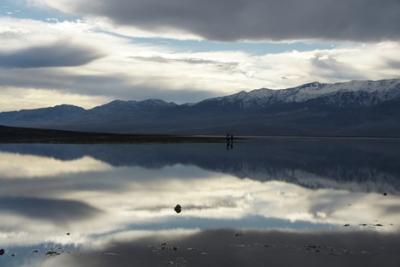Evaluating Variable-Resolution CESM Over China and Western United States for Use in Water-Energy Nexus and Impacts Modeling
The variable-resolution community Earth system model (VR-CESM) is a global climate model with fine resolution in specific regions. This study evaluates VR-CESM against observations and other models in the specific regions of eastern China and the western U.S. VR-CESM simulates precipitation better than other models that have a coarser resolution. Temperature accuracy is comparable across models. In the U.S., VR-CESM is too cold in winter and too warm in summer, which combined gives a reasonable annual temperature. In China, VR-CESM is too warm in most areas but too cold in the mountains. Snowpack, solar radiation, and wind speed are underestimated by VR-CESM.
This type of model brings climate science one step closer to providing timely and relevant information to planners and decision-makers. Local changes in temperature and precipitation may affect water availability and energy demand. As such, detailed future climate data are needed to plan regional and local responses to these changes. VR-CESM provides such data more efficiently and more accurately than other methods. As a result, we expect more global models to include a variable-resolution option.
A major goal of the study is to show that a global model can make reliable and detailed climate estimates for local use within specific regions. We use VR-CESM in this study to model historical climate at fine resolution in two specific regions with one global simulation. Most of the globe has a one-degree resolution while eastern China and the western U.S. has a 1/8-degree resolution (~14km). We have shown that VR-CESM in these regions is more accurate than other models at coarser resolution in simulating average precipitation and temperature. VR-CESM does, however, underestimate snowpack, solar radiation, and wind speed. Overall, the fine-resolution outputs of VR-CESM are sufficiently reliable to assess water and energy resources at the regional scale.

